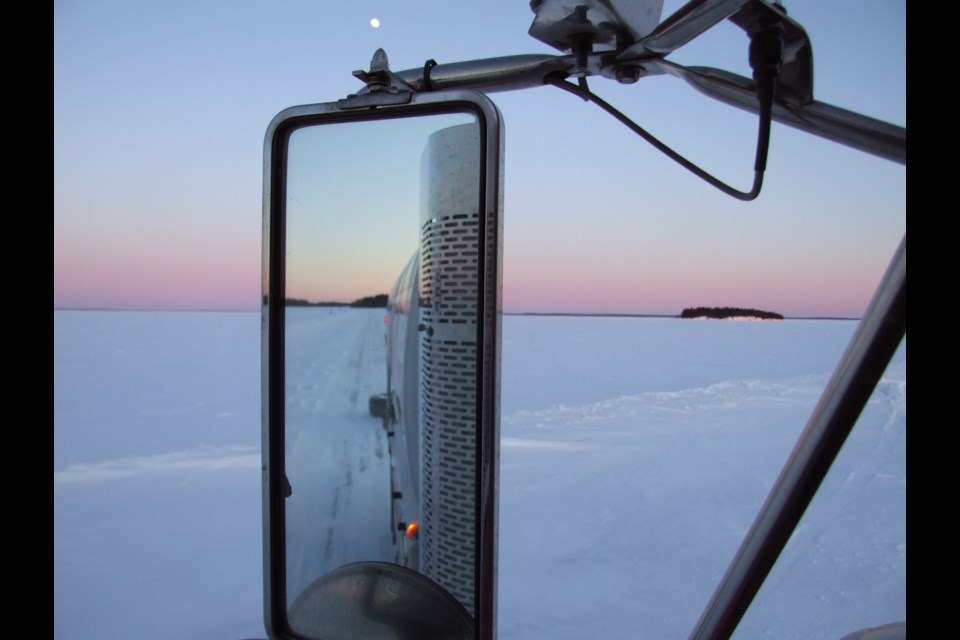THUNDER BAY - Communities and shipping companies that rely on northwestern Ontario’s winter road network for delivering fuel and other supplies will keep a wary eye on the weather in the coming weeks.
They’re hoping there’s no repeat of the short winter that curtailed operations on the seasonal road system two years ago.
“It was bad," Troy Paterson, an official with Morgan Fuels in Dryden. "It was a late start and an early finish.”
The company transports fuel as well as some other goods to numerous remote communities from bases in Pickle Lake and Red Lake. The farthest delivery points are Sachigo Lake, Bearskin Lake and Big Trout Lake.
When trucking firms are unable to complete their deliveries because of a shortened winter, it forces their client communities to use aircraft, which adds significantly to their costs.
Paterson said a winter road network requires a combination of cold weather and a reasonable amount of snow, but not necessarily at the same time.
Low temperatures are needed to freeze lakes and other water crossings before enough snow accumulates to insulate the ice, making it harder for freezing to the necessary thickness. Good snowfalls after freeze-up are required to provide a cushion over the rocks, logs and bogs that comprise the bulk of the road network.
Only five to ten per cent of the winter road system passes over water bodies.
Paterson said First Nations’ crews build and maintain the roads with input and advice from trucking firms.
A long-bar chainsaw was formerly used to cut into ice to determine its thickness, but Morgan Fuels now has an apparatus that does the measurement electronically with the aid of sound waves.
The system is both more accurate and more efficient, Paterson said. The results can be applied to maps using GPS coordinates, and are shared with the First Nations maintenance crews.
Paterson pointed out that a fully-loaded truck requires 36 inches of ice unless there is slush, which can cause ice to weaken. He said none of his company’s vehicles has ever gone through lake ice. When there are breakdowns, drivers can use satellite phones and two-way radios to get help.
Paterson emphasized that some of the practices depicted on the reality TV program Ice Road Truckers don’t reflect working conditions for his company’s drivers.
“It makes for good TV,” he said, adding “we get angry” about things shown on the program.
Paterson not, for one thing, that Morgan’s drivers never go faster than about 11 kilometres an hour when crossing ice, and strictly maintain the mandatory distance between vehicles.
If weather conditions this year permit, Morgan Fuels will begin delivering half-loads to its customers by the end of January.
No representative of the Nishnawbe Aski Nation was available for comment on the outlook for the coming winter road season. Ontario’s Ministry of Northern Development and Mines issued a statement from minister Michael Gravelle that said early construction of the network typically gets underway in December, and most roads are open to light traffic by January.
The bulk of commercial loads are moved between mid-February and mid-March. The statement indicated that although it has been an unseasonably warm fall, “it is still very early … Weather can be unpredictable and cold temperatures may set in quickly.”
In a subsequent e-mail to tbnewswatch.com, the ministry said it is continuing to closely monitor conditions and progress towards construction. It added that government officials remain in contact with communities that depend on the roads, “and will work directly with community leaders should there be challenges with the 2016-17 construction season.”
